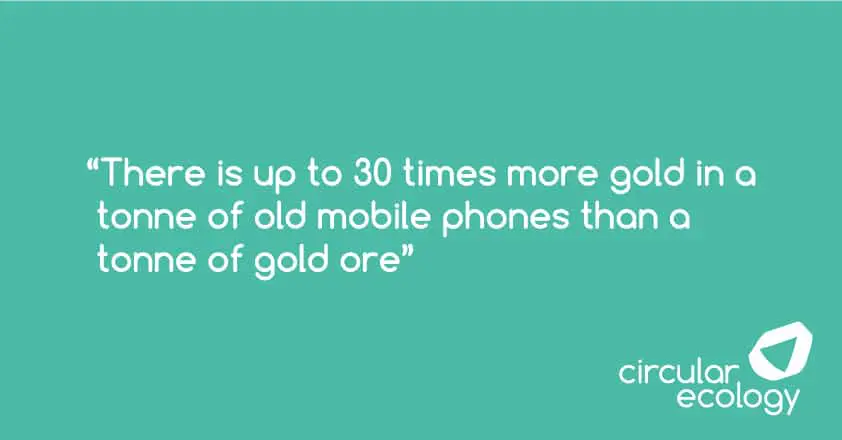Carbon Footprint, Events, News
Circular Ecology Panellist at Hewlett Packard Living Exchange Conference
Circular Ecology were invited to be one of the expert panellists at Hewlett Packard and Globescan’s second Living Exchange conference. Dr Craig Jones, of Circular Ecology, was a panel member in the session “Driving Progress on Sustainable Technology”.
The panel session was conducted online with the chair asking a series of questions for the panellists to ponder, followed by engagement with the audience.
Craig was joined by fellow panellists:
- Sven Herrmann, Ellen MacArthur Foundation
- Kirstie McIntyre, Hewlett Packard
- Solitaire Townsend, Futerra
- Markus Laubscher, Philips
- Roy Vercoulen, Cradle to Cradle
- Shailendra Mudgal, BIO Intelligence Service
- And with Chris Coulter as the session chair, GlobeScan.
The first question was ‘What are the most material impacts from the production, distribution and use of technology products?’ It was discussed how the production and distribution of materials is a considerable impact, that can often dwarf the environmental impact of the in-use phase. For example, the cradle to grave impact of an Apple iPhone 6 shows that 80% of the carbon footprint is attributable to the production of materials and only 11% the operational electricity for the smart phone.
It was further discussed that consumers typically don’t appreciate the high impacts of making products, where they instead assume that the operational in-use impacts are more important. This was naturally balanced out with the caveat that it’s a product by product basis and for some products the in-use phase is most important.
Importance of repair for lower environmental impacts
In response to ‘what can be done to bring consumers on-board’ Craig highlighted a project that Circular Ecology are working on with the UK based charity, Restart Project. Restart organise events for the community to take their broken electrical devices to a Restart Party where volunteers will help them fix the broken electronics. The project, which is funded by WRAP’s Innovation in Waste Prevention Fund, will result in a free online calculator that will estimate the amount of carbon that is saved by repairing broken electrical devices.
Environmental impacts of electronics
Craig also highlighted that a key environmental issue for the electronics sector is the use of rare and precious metals. These are used in small quantities in electrical devices that can make it difficult to extract at the end of life. This was also an important topic at Craig’s session at Resource Event. However, the extraction of some of these metals is important and the example of the amount of gold in a mobile phone was raised, as shown in our fact card below.
The discussion also included energy labelling, engaging consumers, are manufactures doing enough, barriers to implementation and the circular economy. The session was engaging and the archives can be read on the website.

